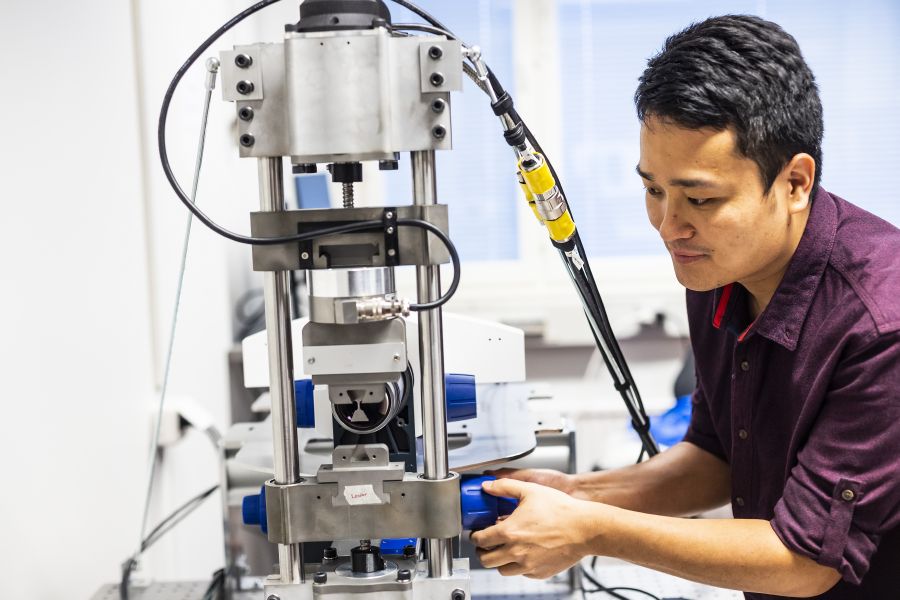Our new experimental results show that strain rate strongly affects the growth of martensitic particles. Previously, the decreased phase transformation rate at high strain rates has been explained only by bulk adiabatic heating. However, our new findings reveal that during the high-rate loading, the once nucleated martensite particles remain as small isolated islands which do not grow remarkably with further plastic deformation. This phenomenon could be explained by the development of local “hot spots” in the microstructure caused by plastic deformation and latent heat originating from the phase transformation. We also have demonstrated that deformation is quite inhomogeneous on the microscale. More details can be found in the full article published in Materials Science & Engineering A: https://www.sciencedirect.com/science/article/pii/S0921509321014829
Publication: Effects of strain rate on strain-induced martensite nucleation and growth in 301LN metastable austenitic steel

The strain-induced austenite-to-α’-martensite phase transformation markedly improves the mechanical properties of metastable austenitic steels but the phase transformation is suppressed at high strain rates. The exact reasons are still unclear. In this publication, we addressed this topic by incremental tensile tests at different strain rates and by careful tracking of the microstructural evolution at a precise locations using both optical microscopy and electron backscatter diffraction (EBSD) measurements. The size and number of α′-martensite particles were evaluated from the EBSD images, whereas local microlevel strains were obtained using Digital Image Correlation (DIC).
